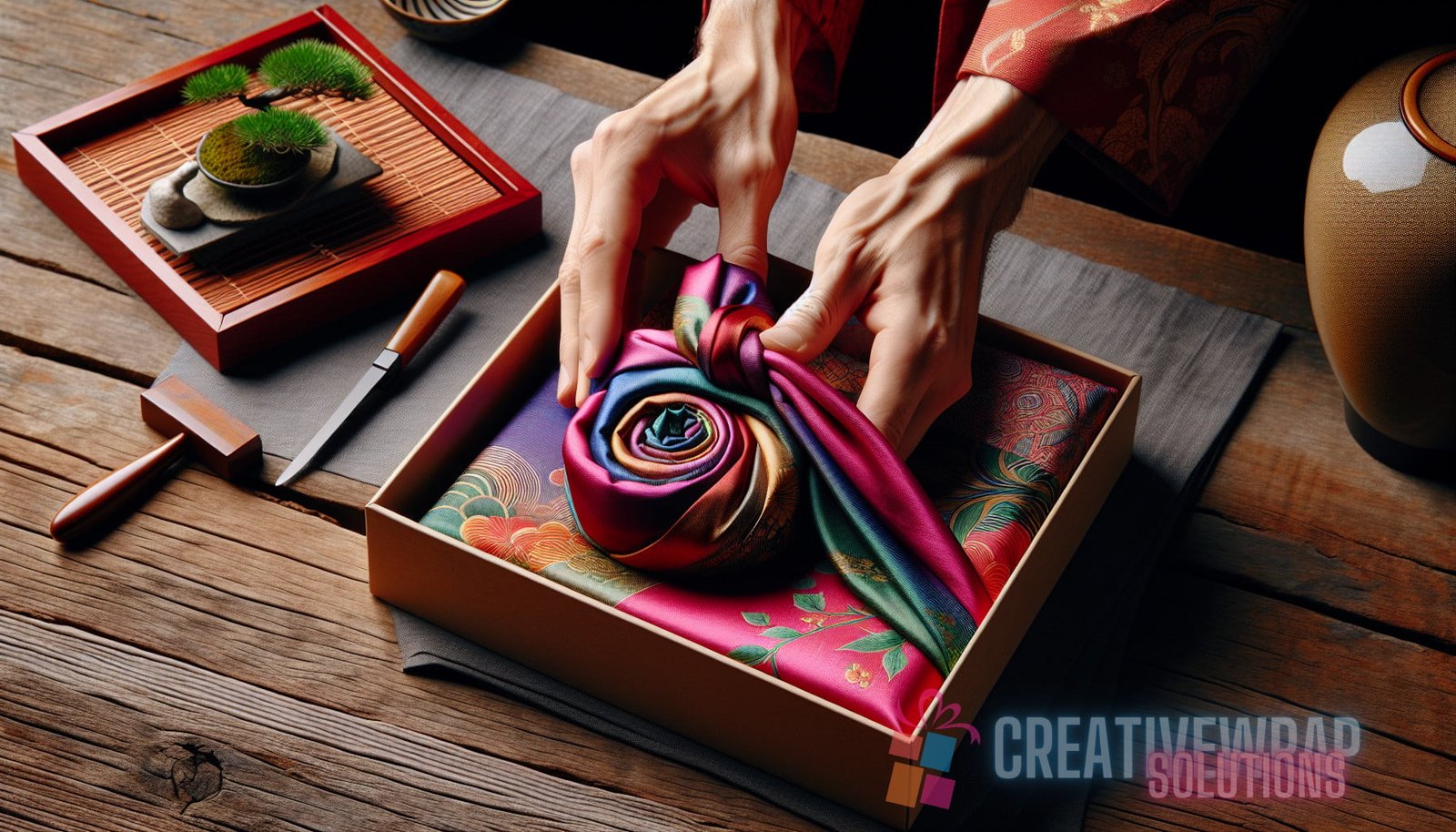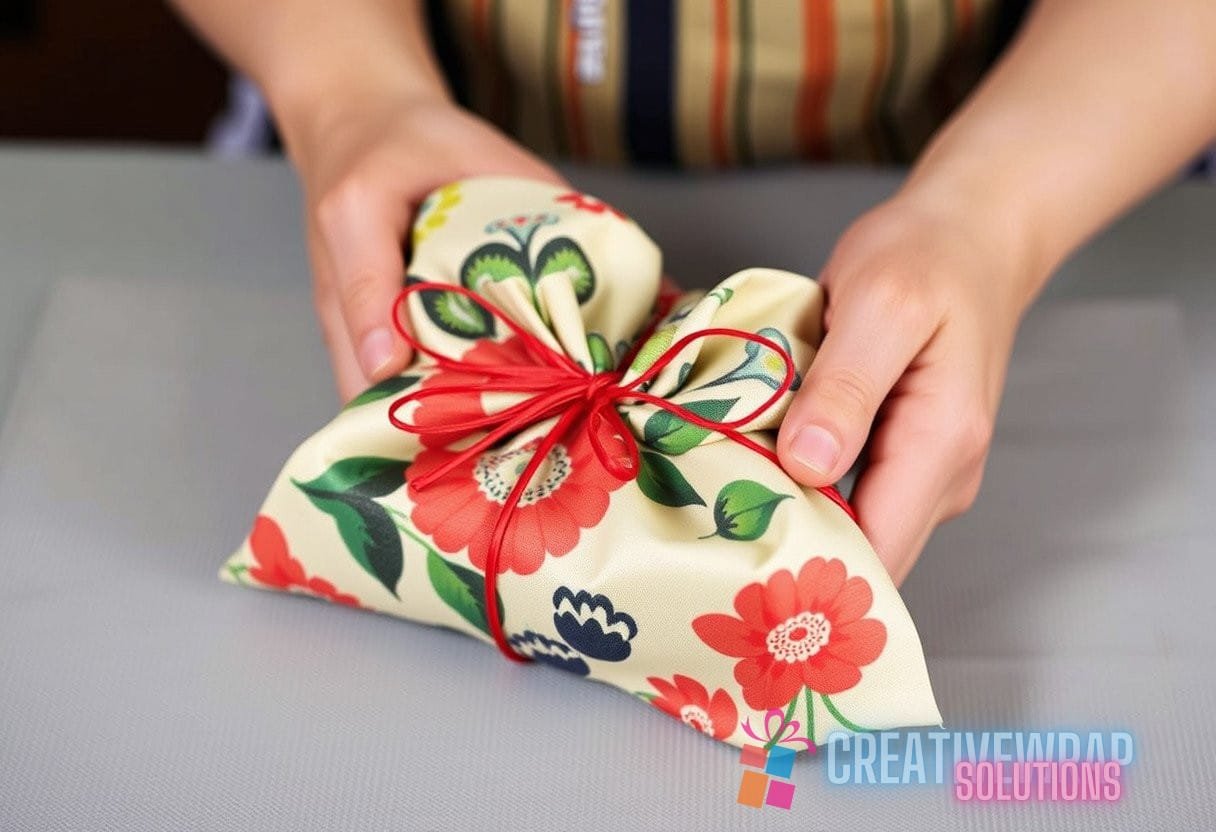Mastering the Art of Japanese Furoshiki Wrapping
When it comes to gift-giving or carrying items in a stylish and eco-friendly manner, Japanese furoshiki techniques have been successfully employed for centuries. Furoshiki is a traditional Japanese wrapping cloth that can be used for a variety of purposes, including gift wrapping, carrying items, or even as a home decoration. With its origins dating back to the Nara period (710-794), furoshiki has become an iconic symbol of Japanese culture, known for its versatility and beauty. In this comprehensive guide, we will explore the history, techniques, and practical applications of furoshiki wrapping.
The Origins and History of Furoshiki
Furoshiki, which translates to “bath spread” in Japanese, was initially used during the Nara period to wrap clothes while taking a bath in public bathhouses. People would put their clothes inside a furoshiki and tie it to keep them safe and clean. Over time, furoshiki evolved beyond its practical use and became a way to carry personal belongings and transport goods.
During the Edo period (1603-1868), furoshiki gained popularity among the general population. It became widely used as a wrapping cloth for all sorts of items, from everyday objects to precious gifts. Furoshiki designs during this period often featured vibrant colors and intricate patterns, reflecting the aesthetics of the time. The cloth itself was typically made from silk or cotton, with silk being the preferred choice for high-quality furoshiki.
Although furoshiki faded in popularity during the Meiji period (1868-1912) due to the rise of Western-style packaging, it experienced a resurgence in the 20th century as part of a growing interest in traditional Japanese culture. Today, furoshiki is regarded as a sustainable and eco-friendly alternative to disposable bags or wrapping paper, embodying the principles of reduce, reuse, and recycle.
The Art of Furoshiki Wrapping
Mastering the art of furoshiki wrapping involves learning various folding techniques and understanding the principles behind them. Different techniques are suitable for specific purposes, such as gift wrapping, carrying bottles, or creating decorative knots. Here are some popular furoshiki techniques:
1. Basic Wrapper (Otsukai Tsutsumi)
The basic wrapper technique is the most fundamental and commonly used furoshiki folding method. It involves wrapping an object diagonally in a square furoshiki cloth and tying the ends to secure it. This technique is versatile and can be used to carry items of various shapes and sizes, from books to small gifts.
To use the basic wrapper technique, follow these steps:
- Lay the furoshiki on a flat surface, with the pattern side facing down.
- Place the object diagonally in the center of the cloth.
- Bring two opposite corners of the cloth together and tie a simple knot.
- Bring the other two corners together and knot them.
2. Bottle Wrapper (Tokkuri Tsutsumi)
The bottle wrapper technique is specifically designed for carrying bottles. It provides extra protection and allows for a secure and comfortable grip when carrying a bottle. This technique is commonly used to transport wine or other alcoholic beverages.
To use the bottle wrapper technique, follow these steps:
- Lay the furoshiki on a flat surface, with the pattern side facing down.
- Place the bottle diagonally in the center of the cloth.
- Bring two opposite corners of the cloth together and tie a simple knot near the bottle’s neck.
- Bring the other two corners together and knot them under the bottle to create a secure handle.
3. Decorative Knot (Mizuhiki Musubi)

The decorative knot technique is solely focused on creating beautiful knots using furoshiki. It is commonly used for decorative purposes, such as tying furoshiki around a bouquet of flowers or as a decorative wall hanging. This technique requires more advanced knotting skills and attention to detail.
To create a decorative knot using furoshiki, follow these steps:
- Lay the furoshiki on a flat surface, with the pattern side facing up.
- Choose a decorative knot pattern and follow the specific instructions for that knot.
- Take your time to carefully fold and tie the furoshiki to create the desired decorative effect.
4. Bag Wrapper (Kinchaku Tsutsumi)
The bag wrapper technique allows you to transform a furoshiki into a simple bag for carrying items. This technique is commonly used for carrying groceries, books, or personal belongings. It provides a sustainable alternative to disposable plastic bags and can be easily adjusted to accommodate different sizes.
To create a bag wrapper using furoshiki, follow these steps:
- Lay the furoshiki on a flat surface, with the pattern side facing down.
- Grasp two adjacent corners of the cloth and tie a simple knot, leaving a small opening at the top.
- Turn the furoshiki inside out so that the pattern is now visible.
- Adjust the opening and handles to ensure a secure and comfortable bag.
Where to Get Furoshiki
Furoshiki can be easily purchased online or found in specialty stores that cater to Japanese crafts and traditions. Many retailers offer a variety of furoshiki designs, sizes, and materials to suit different preferences and occasions. Additionally, there are numerous tutorials and resources available online that provide step-by-step instructions on various furoshiki wrapping techniques.
For those who prefer a more hands-on approach, visiting Japan offers an opportunity to explore local markets and shops known for their furoshiki selection. Certain regions in Japan are particularly renowned for their high-quality furoshiki, such as Tokyo’s Nihombashi district and Kyoto’s Nishijin textile district.
In Conclusion
Mastering the art of Japanese furoshiki wrapping is not only a practical skill but also a creative expression of cultural heritage and sustainability. By learning different furoshiki techniques and exploring various patterns and designs, you can elevate your gift-giving experience and make a positive environmental impact. Whether you are using furoshiki for personal use or as a thoughtful gift, the art of furoshiki wrapping is sure to leave a lasting impression.
To learn more about the history and cultural significance of furoshiki, visit Wikipedia’s Furoshiki page.

